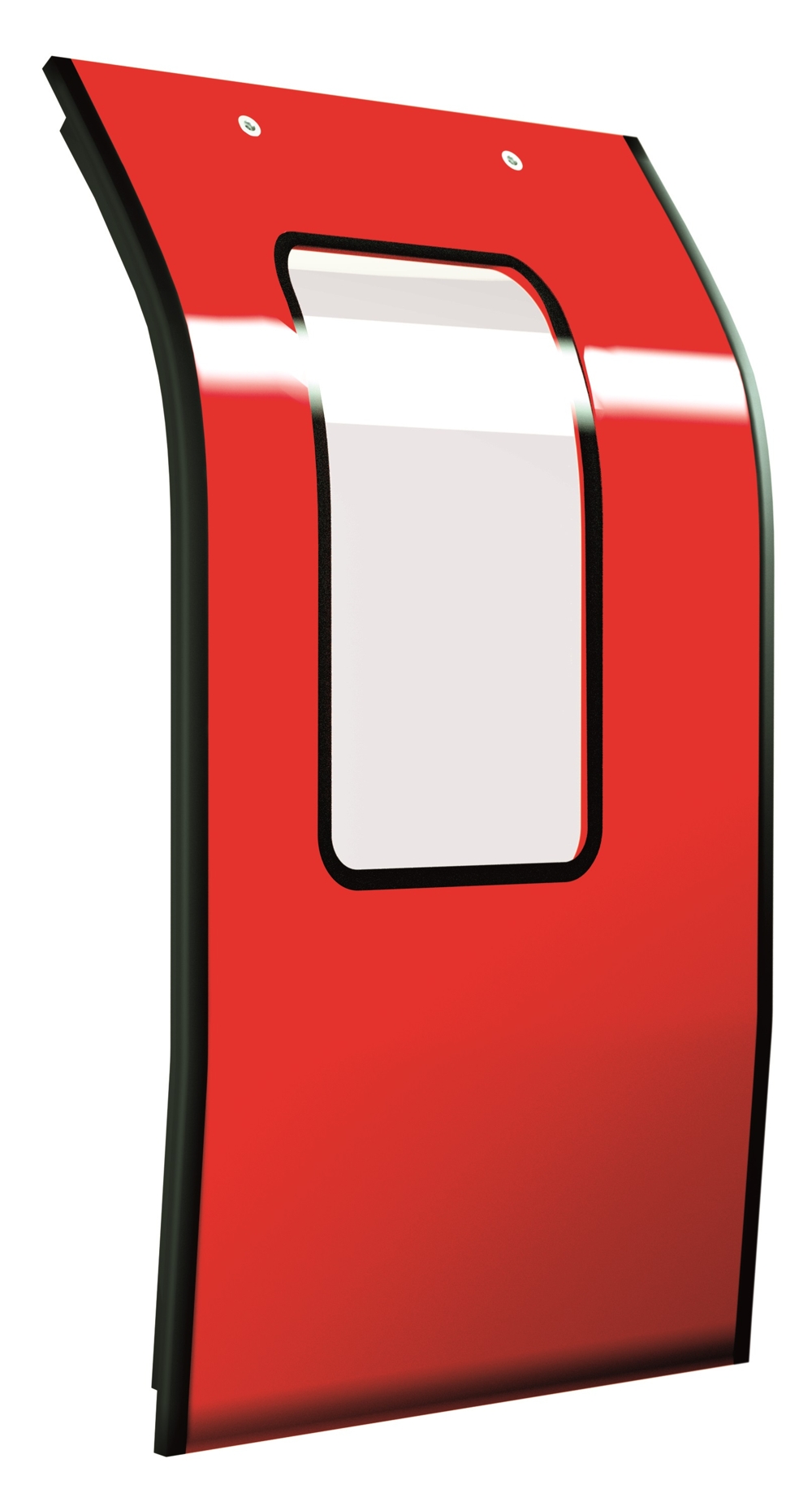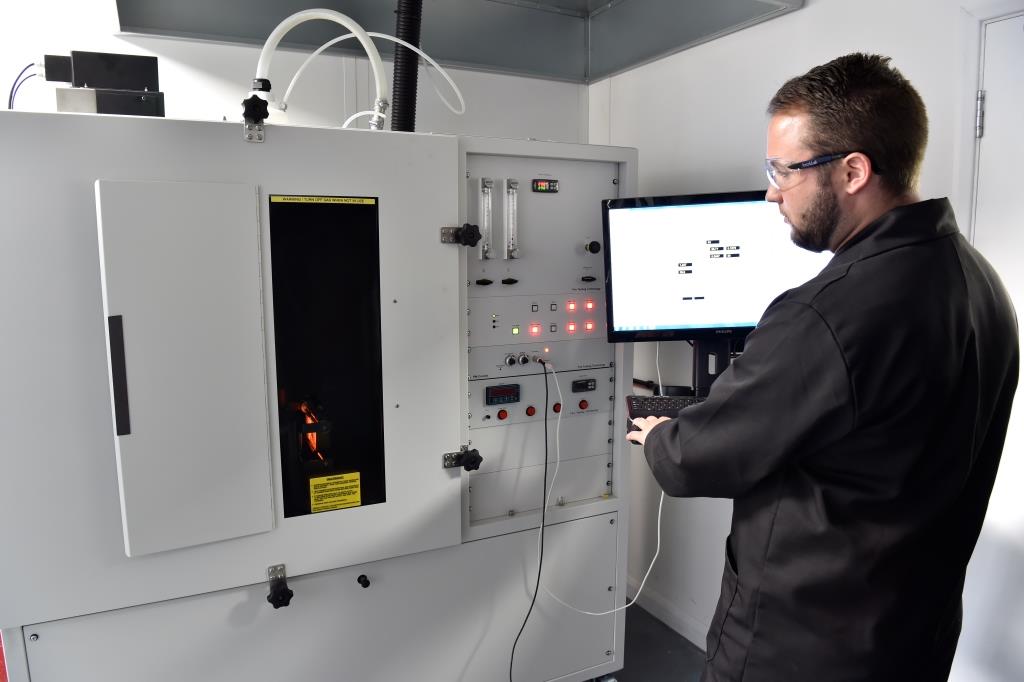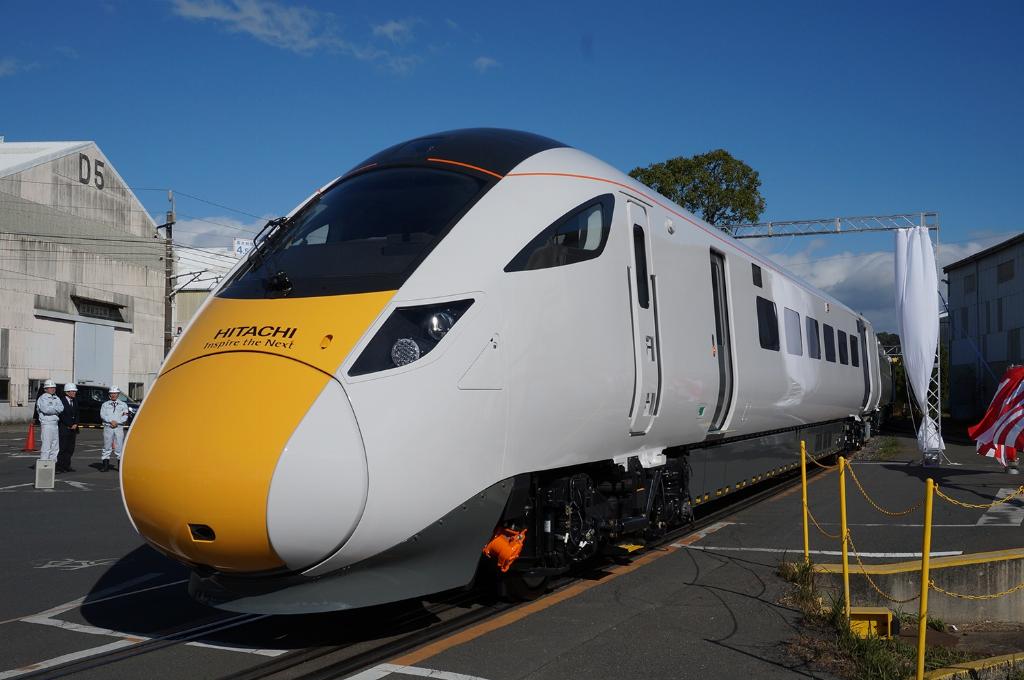Innovations offer style with functionality

The latest developments by TRB Lightweight Structures (TRB) are said to offer innovative new material solutions that not only make passenger trains lighter, faster and more efficient, but also offer style with functionality. Composites in Manufacturing reports.
The rail sector is looking to build faster, more comfortable hi-tech passenger trains, while reducing operating costs and meeting Government led environmental targets for emissions and recycling.
For over 60 years TRB, has been supplying lightweight material solutions for interior and exterior train applications including roofs, ceilings, floors, partitions, galleys, storage units and doors, for both new and refurbished rolling stock.
To offer additional solutions, three years ago, the company invested in new design engineering, testing and further manufacturing capacity and capabilities at its main Huntingdon site. As well as being International Railway Industry Standard (IRIS) approved, TRB is AS9100 (BS EN 9100) aerospace accredited, having included a clean room and autoclave in the site expansion. TRB now has alternative material options using aerospace engineering technology for the rail sector, such as new carbon fibre based prepreg products and alternative lightweight sandwich panel composite systems, to meet latest rolling stock design needs for lighter, more environmentally friendly materials.

Door leaf weight savings
Earlier this year, TRB developed a carbon fibre reinforced biocomposite door leaf product, offering a 35% weight saving without a price premium; TRB can produce its new biocomposite door leaf product at a comparable cost to an aluminium bonded leaf. The composite leaf is also a very environmentally friendly option as the sandwich design uses a bioresin prepreg plus a foam core made from 100% recycled plastic.
The significant weight saving is based on data provided by TRB, comparing a ‘like for like’ door leaf in aluminium weighing 40kg (excluding any fittings or door furniture) to the same sized door manufactured from the biocomposite carbon prepreg sandwich panel system, which weighs just 26kg; the 14kg weight reduction allows a less heavy duty train door operating system to be specified, as well as providing a number of in-service cost saving benefits to rail operators including reduced energy consumption per journey and less track wear and tear.
TRB’s engineers worked closely with a resin partner to develop a proprietary carbon fibre compatible bio prepreg resin for this new sustainable composite system, which is non-toxic and has no volatile organic solvents. The bioresin is based on Polyfurfuryl alcohol (PFA), derived from a renewable alcohol produced from a natural waste bi-product from refined sugar production.
This new product alternative to aluminium, which TRB state is the first sustainable fire rated composite system of its type on the market, has been developed for overground and underground train applications where passenger safety is critical. The fire performance of this biocomposite system is outstanding, easily passing BS 6853 and BS 476, as well as being EN 45545 HL3 compliant, outperforming many phenolics. According to independent data for the ‘Spread of Flame’ test to BS 476 Part 7: 1977, the sandwich panel system easily achieved a Class 1 Category 1a rating, with a 30% less recorded flame spread of only 50mm in the 1.5-minute test time; the maximum allowable is 165mm for the Class 1a rating.
The TRB biocomposite door leaf product has a 40-year life cycle expectancy and low maintenance costs. Door leaves are supplied to order with a gelcoat primed ready to paint or finish painted. The biocomposite prepreg system can also be used for other rolling stock parts.

Safety on the table
Another product innovation is a novel table for passenger carriages to meet the stringent requirements of GM/RT 2100 and APTA. The new lightweight composite table includes polyurethane edging and a new table cantilever system that absorbs impact energy and reduces translation movement. TRB’s new print finish technology is also part of the new table design, offering a hard-wearing alternative to more traditional HPL laminate surfaces in a very wide choice of colours, patterns and finishes.
The new rail carriage table system has been developed in collaboration with engineering and manufacturing partner company Seisenbacher, co-located with TRB at a 20,000ft2 (1,858m2) joint facility in Peterborough. This strategic business partnership was set up in 2016 to provide end-to-end solutions to the rail industry. Seisenbacher is IRIS Rev 02 V2.3 EN 2018 and ISO 9001 EN2-018 accredited, along with having other DIN and EN railway vehicle accreditations for metal welding and bonding.
The project has combined TRB’s lightweight materials expertise, used to design and manufacture the table top, with Seisenbacher’s engineering and production team’s proven capabilities in designing, testing and supplying high performance interior component fixture systems for rolling stock. Seisenbacher used in-house FE and FMEA software design tools along with Reliability, Availability, Maintainability and Safety (RAMS) and Life Cycle Cost (LCC) evaluation programmes to develop the new table cantilever system to meet the required interior build specifications. The final product will be undergoing a full dynamic crash test in accordance to APTA requirements.

To be able to offer rail OEMs for greater design freedom, with a wider choice of colours, effects and finish options, TRB has collaborated with a specialist company which has developed the print technology. The new print technology can apply virtually any colour, pattern and visual effect, such as woodgrain or marbling onto TRB’s composite panels.
An example of the print capabilities has been applied to a prototype, which has a chess board printed on it. The prototype table will be on TRB’s stand at Innotrans 2018 in Berlin.
Having successfully designed, manufactured, and delivered more than 200 products to Hitachi in Japan for fitting on prototype trains, in 2015 TRB secured a major contract to supply components and complete units to Hitachi Europe for the (then) new class 800/801 series high speed Intercity passenger trains. Orders for 800/801 trains have ramped up in the last three years, with TRB’s Huntingdon production facilities now producing two train sets per week for Hitachi for five and nine car carriage requirements. A five-car set is made up of: two bike and bulk storage (B&B) units; one catering unit; two universal access toilet (UAT) curved doors. For a nine-car set three additional B&B units are required.
All of the train car units produced by TRB for Hitachi meet GM/RT2100 – issue 5 specification, covering all mandatory requirements for the design and integrity of rail vehicles, both primary and secondary structures, including interior crashworthiness. Additionally, to meet all accessibility and interoperability requirements for rail passengers with disabilities, both the B&B unit and UAT door are fully PRM-TSI compliant.

A complete solutions strategy
Looking forwards, the TRB management team continues to make strategic investments and partnerships with specialist technology providers which complement TRB’s capabilities.
Richard Holland, managing director of TRB explains: “We see a growing desire by rail OEMs to use more environmentally friendly materials and to upgrade interiors, especially in first class, looking to provide rail passengers with greater luxury and style. We will continue to invest in product innovations and technologies to meet rail and other transport market needs, combining in-house engineering and production capabilities with using strategic business partners who can bring innovative, added value technologies, to enable TRB to offer customers end to end solutions.”
The clear aim is for TRB to continue to grow the business by focusing on providing its customers complete solutions that meet the evolving needs of the transportation market.









